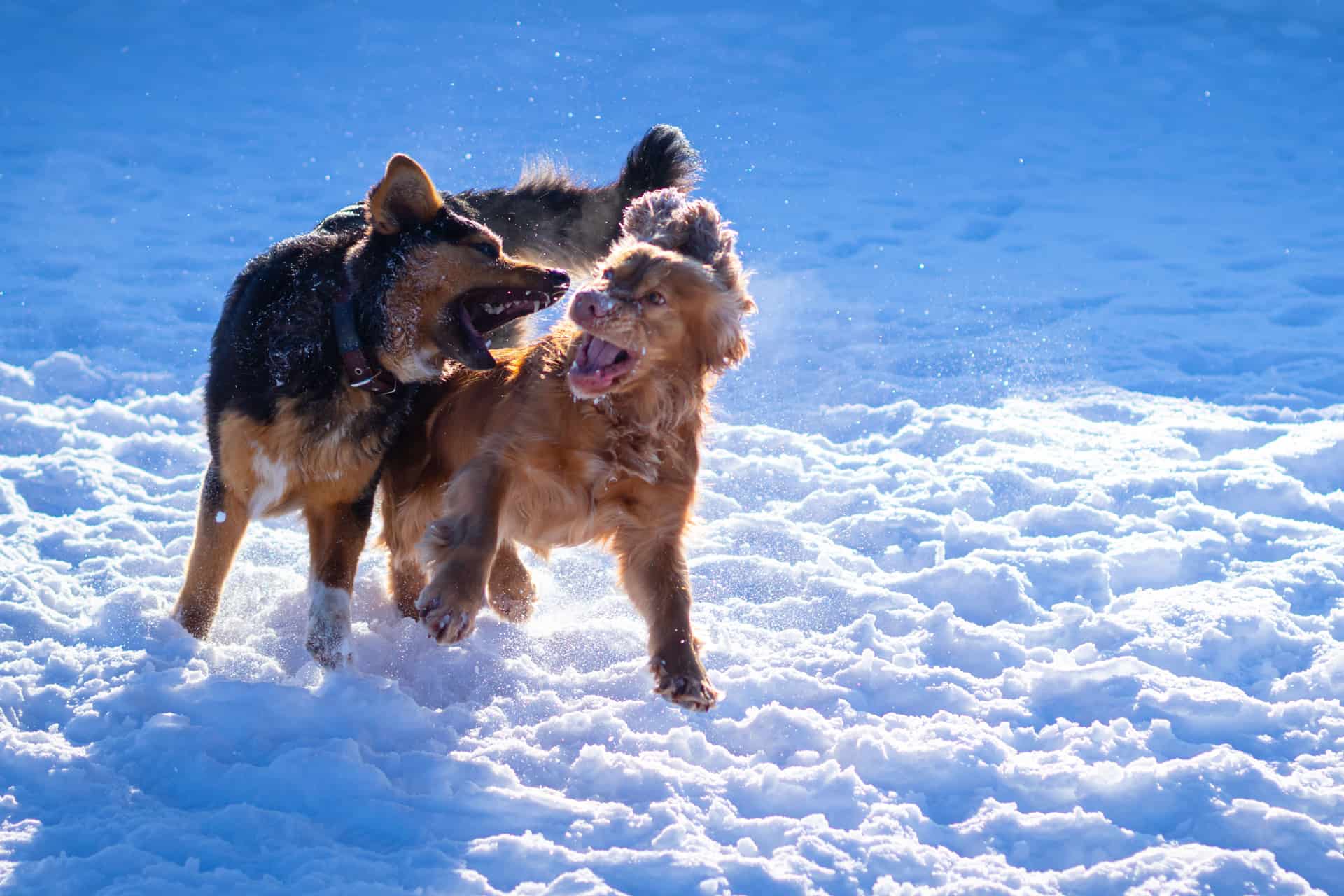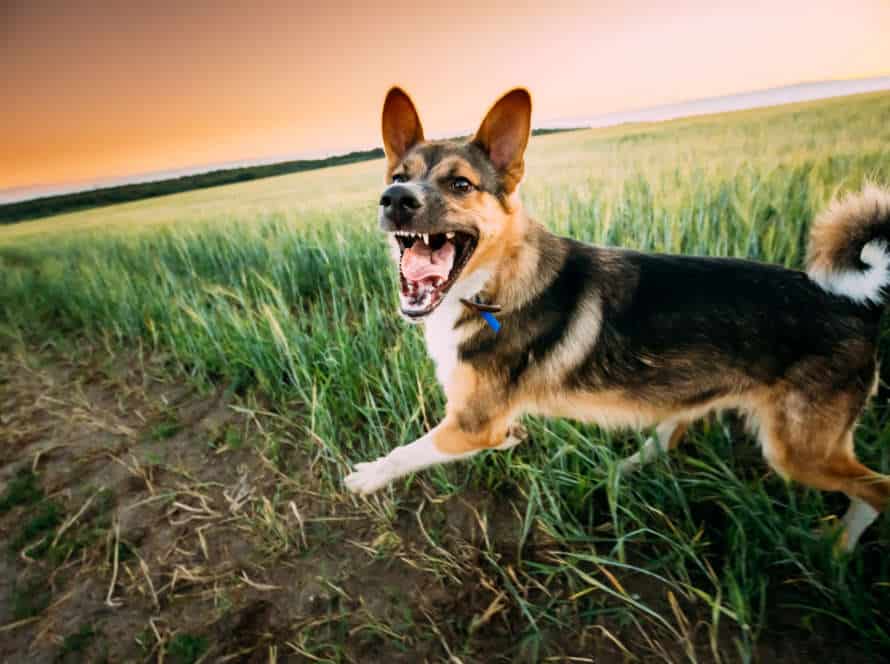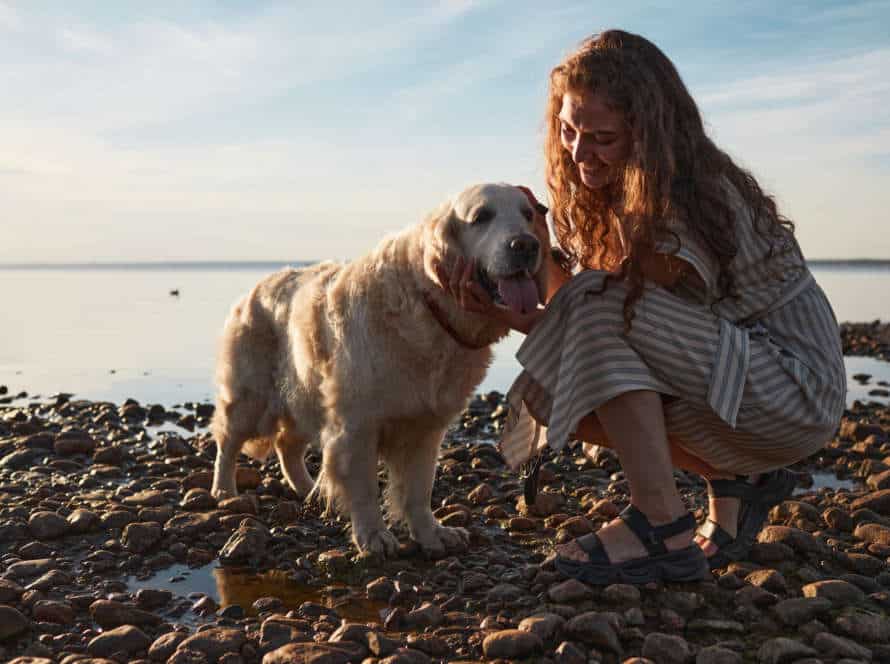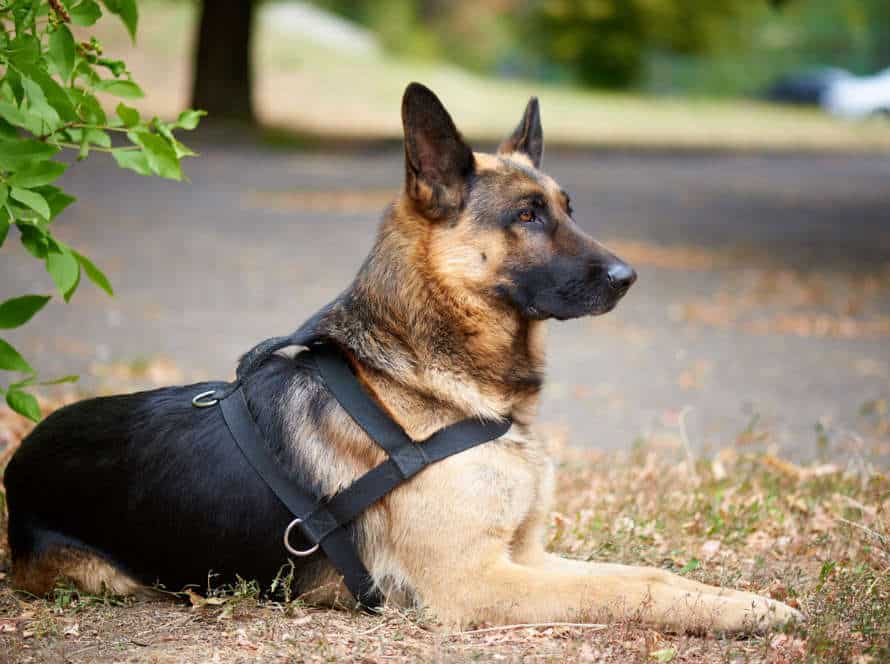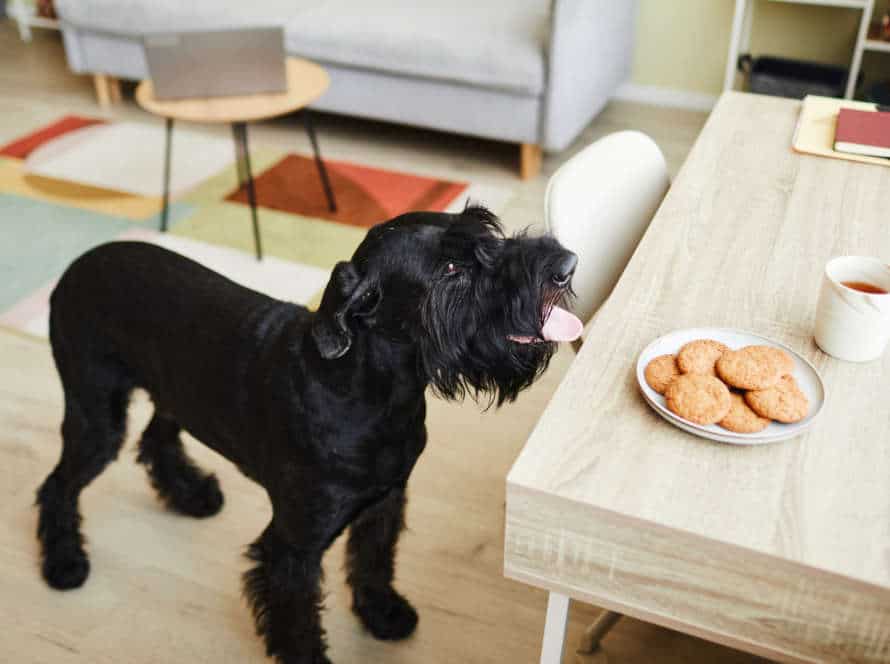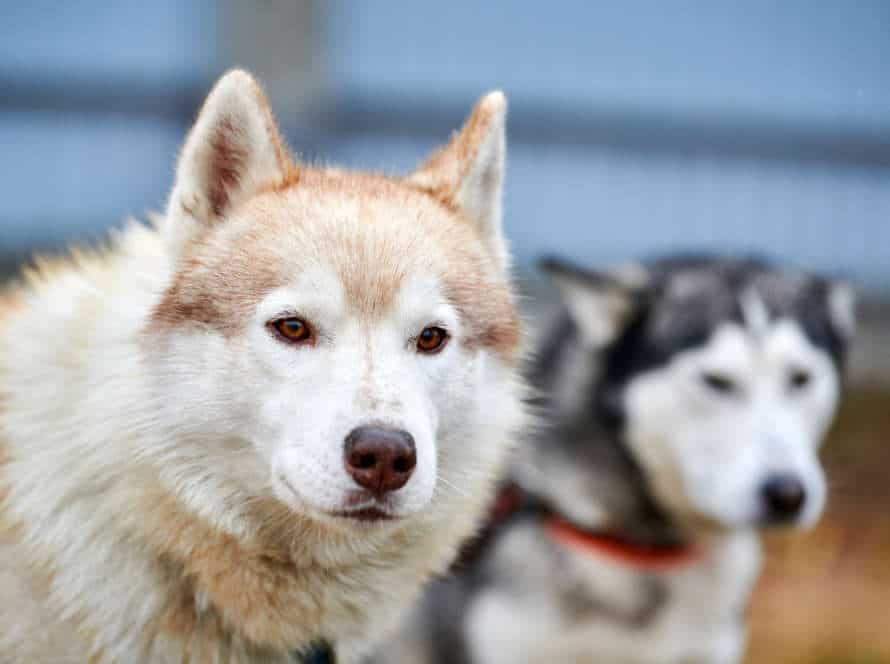Handling Aggression in Multi-Dog Households
Dealing with aggression in multi-dog homes can be difficult. But, it’s essential to recognize and handle the behavior to guarantee a secure and tranquil living situation for all the dogs.
Here are some tips for managing aggression:
- Find out what triggers the aggression, such as guarding resources, fear or territory.
- Split up the dogs to avoid a physical altercation and stop the aggression from getting worse.
- Talk to a vet and/or a professional dog trainer to make a plan to change behavior and use training methods.
- Gradually bring the dogs together with control and reward them with positive reinforcement.
Don’t neglect aggression in dogs. By recognizing the cause and using the right techniques, you can control aggression in multi-dog households.
Understanding the Root Cause of Aggression
Aggression in multi-dog homes can be tricky. To take care of it, we must figure out the reason behind it. Each situation is special, yet there are regular elements that can add to it. In this piece, we will explore those common elements and how to best handle aggression in multi-dog households.
Types of Aggression
Aggression can take many forms. It’s important for dog owners to know the different types of aggression, in order to understand why it’s happening and how to manage it, especially in multi-dog households. Here are the kinds of aggression to watch out for:
- Fear aggression: Fear or feeling threatened can cause aggressive behavior.
- Dominance aggression: If a dog is trying to be the “alpha” of its pack or family.
- Territorial aggression: Defending its territory like the house or yard.
- Redirected aggression: When a dog can’t attack the original source of its frustration or irritation, so it attacks something else.
- Pain aggression: Pain or discomfort may lead to aggression.
To help your dog with aggression, it’s important to identify the causes and create a supportive environment. Professional help from a dog behaviorist may be necessary in some cases.
Identifying Triggers That Lead to Aggression
Identifying the triggers that lead to aggression in dogs is essential. This is especially true if you have many furry friends in your home. It’s important to understand the root cause of aggression. This way, you can prevent it happening in the first place and create a safe environment.
Common triggers that can cause dog aggression include:
- Territoriality – Dogs are instinctively territorial and may feel other dogs are a threat to their space and resources.
- Fear – Dogs that feel scared or threatened may react aggressively in self-defense.
- Pain – When dogs are in pain, they may lash out if touched or petted.
- Overstimulation – Dogs with too much energy may become aggressive when that energy peaks.
By recognizing these triggers, you can make sure your dogs are content and healthy in their home.
Creating a Calm Environment for Your Dogs
For your pup’s health and joy, it’s essential to provide a serene atmosphere. But managing aggression between multiple dogs can be hard for pet owners. To control the situation correctly, one must identify the source of the aggression and apply suitable methods.
What Causes Aggression?
Aggression in dogs may be due to fear, lack of socialization, or guarding possessions. To decide on the right plan of action, it’s critical to comprehend the root cause of aggression.
Handling Aggression in Multi-Dog Houses:
If several of your dogs are being aggressive, you should take care to properly handle their interactions. Steps might include looking after each dog’s individual needs, giving them separate spaces, and slowly introducing them under your supervision. Also, getting the help of a certified canine behaviorist is a good idea.
To create a serene environment for your furry friends, persistence and consistency are key. Also, tailor your methods to their individual needs. With proper handling and care, your dogs can live joyfully and peacefully.
Pro tip: Early socialization with positive reinforcement training can decrease the chances of aggression.
Implementing Training and Management Techniques
Dogs living in multi-dog households may show aggression more often. This is because too much interaction with other dogs can be too much for them.
To prevent and manage aggression, proper training and management techniques need to be put in place. This helps dogs set boundaries and form a peaceful living space. Let’s look at some of these techniques.
Training Strategies to Address Aggression
Aggression is a common issue in multi-dog households. To address this problem, implement training and management techniques.
Try these training strategies:
- Desensitize your dogs to the triggers causing aggression. Allow them to adjust and become comfortable.
- Counter-conditioning is key. Reward your dogs with treats for calm and friendly behavior towards each other.
- Manage the environment by separating your dogs for meals and play times or when you’re away.
- Teach basic obedience commands like “sit,” “stay,” and “come” to control their behavior.
Consistency is the secret to success. Consider consulting a professional dog trainer for tailored strategies for your dogs’ needs.
Setting Up a Predictable Routine for Your Dogs
Having a routine for your doggies is vital for a peaceful multi-dog home, particularly when there are aggression issues. Here’s what to do:
- Feed them at set times, in different places.
- Spend quality time with each pup to build a strong bond and avoid rivalry.
- Set up boundaries and give each dog its own snoozing and lounging spot.
- Utilize training methods, like positive reinforcement with treats and compliments, to reward good acts and disregard or reroute bad behavior.
- Possibly get help from a specialist in dog training or behavior.
With patience and consistency, these tips can help you have a content and harmonious multi-dog household.
Creating Separate Spaces for Each Dog
If you have multiple dogs in your home, it is important to have distinct areas for each pup. This can prevent aggression and make sure everyone feels secure. To do this, use various strategies:
- Provide each pup with their own feeding and water bowls.
- Designate unique sleeping places for each pup.
- Use baby gates or barriers to create different sections in your home.
- Do not let your pups compete for your attention.
- Train your pups to obey commands and reward them for good behavior.
- Always observe your pups and intervene if there are signs of aggression or unease.
- Remember that each pup has their own personality and preferences. It is essential to know and honor them to keep a tranquil household.
Seeking Professional Help
Aggression in multi-dog homes? Get help! Professional help can identify the cause and provide tailored solutions. No one-size-fits-all solution exists. An expert can be valuable in this situation.
When to Consider Professional Assistance
Managing aggression in a multi-dog home can be hard. You may need to call in an expert. Here are some signs that you need help:
- Aggression is getting worse despite your attempts to fix it.
- It’s affecting the dogs’ wellbeing and causing injury or fear.
- Unprovoked attacks or not stopping fighting.
If you experience any of these, speak to a dog trainer or behaviourist. They will be able to assess the problem and provide solutions to stop the aggression and keep your pups safe and content.
Finding the Right Expert for Your Dogs
Dealing with aggression in multi-dog households can be tricky. So, seek out professional help. Here’s how to find the right expert:
- Look for experience. Find an expert in canine behavior or certified dog trainer who has handled aggression in multi-dog households.
- Check reviews and references. Read reviews online and get references from people who have worked with your potential professional.
- Confirm their methods. Make sure their techniques align with your values and are humane towards animals.
- Make sure they’re a good fit. Look at their attitude, communication skills, approachability, and confidence. See if they match your needs and those of your dogs.
Common Techniques Used by Trainers and Behaviorists to Address Aggression.
Dog owners may face aggression in multi-dog households. Getting advice from pros like trainers and behaviorists can be helpful. Here are some methods these experts use:
- Positive reinforcement training: Give treats and praise for good behavior to motivate the dog to repeat it.
- Counter conditioning: Change the dog’s emotions to a stimulus that causes aggression. They are exposed to it in a safe way and positive links are created.
- Desensitization: Gradually let the dog get used to the trigger of aggressive behavior in a secure environment. They learn how to stay calm when it is around.
Remember, aggression in dogs can be dangerous. Seeking professional help will keep everyone safe in the home.
Preventing Future Aggression
Aggression between pooches can be tricky. It’s essential to take action before it becomes a snag. Here’s how you can stop aggression in multi-dog abodes. We’ll discuss the techniques you can use to prevent canine quarrels in your home.
Importance of Consistency in Training and Management
Consistency is key for averting and managing aggression in multi-dog households. Routine is what dogs thrive on, so an inconsistent approach to training and management can lead to confusion, stress, and aggression. Here’s why consistency is significant:
- It sets up a clear hierarchy and helps each dog know their position in the pack.
- Daily routines, like eating, walking, and playing, reduce the chances of fights by reducing stress.
- Rules and consequences for undesired behavior create balance and structure in the home.
- Consistent communication with your dogs, both non-verbal and verbal, avoids misunderstandings and disputes.
By keeping to a consistent strategy in training and management, you’ll create a positive and peaceful environment for all the dogs in the household.
Ensuring Adequate Exercise and Mental Stimulation for Your Dogs
Exercise and mental stimulation are essential to stop aggression in dogs.
Here’s how to make sure your pup stays happy and healthy:
- Exercise: Daily activities like walks, runs, and games like fetch or tug-of-war can burn off energy and help them stay fit.
- Mental Stimulation: Keep them engaged with activities like puzzle toys, scent games, obedience training, and agility.
- Playtime with other dogs: If you have more than one pup, make sure to supervise playtime and intervene if needed.
Exercise and mental stimulation are vital for preventing aggression and keeping your pup healthy.
Continuous Monitoring of Your Dogs’ Behavior
Stay alert to your pup’s actions. It’s essential for avoiding aggression, especially in homes with multiple dogs. Here are some ideas for monitoring:
- Check their behavior when together and alone.
- React quickly if you see snarling, growling, or biting.
- Give each pet their own spot – like a crate or room.
- Teach them basics like “sit,” “stay,” and “come.” This shows you’re in charge.
By constantly watching and using these tips, you can stop aggressive behavior and keep your multi-dog house peaceful.
Frequently Asked Questions
Q: How can I prevent aggression between dogs in a multi-dog household?
A: Aggression can often be prevented by maintaining a clear hierarchy, providing plenty of exercise and mental stimulation, and avoiding situations that may trigger aggression.
Q: What should I do if my dogs do start fighting?
A: The first step is to separate the dogs and provide a safe place for each of them to cool down. It may also be helpful to consult with a professional dog trainer or behaviorist to address the underlying issues causing the aggression.
Q: Can spaying or neutering my dogs help prevent aggression?
A: Yes, spaying or neutering can often reduce the likelihood of aggressive behavior, particularly in male dogs. However, it is not a guaranteed solution and should be combined with other strategies for managing aggression.
Q: Should I let my dogs work out their own hierarchy?
A: While some minor scuffles may be normal as dogs establish their hierarchy, it is important for the owner to maintain control and prevent any serious fights from occurring. It is also important to consider the temperament and compatibility of the dogs in the household.
Q: Can I trust my dogs to be alone together?
A: This will depend on the individual dogs and their history of aggression. In general, it is best to supervise interactions between dogs and provide separate spaces for each dog when necessary.
Q: Is aggression always a sign of a poorly socialized or trained dog?
A: Not necessarily. Aggression can be caused by a variety of factors, including fear, anxiety, territoriality, and resource guarding. It is important to identify the underlying cause of the aggression in order to effectively manage and prevent future incidents.

